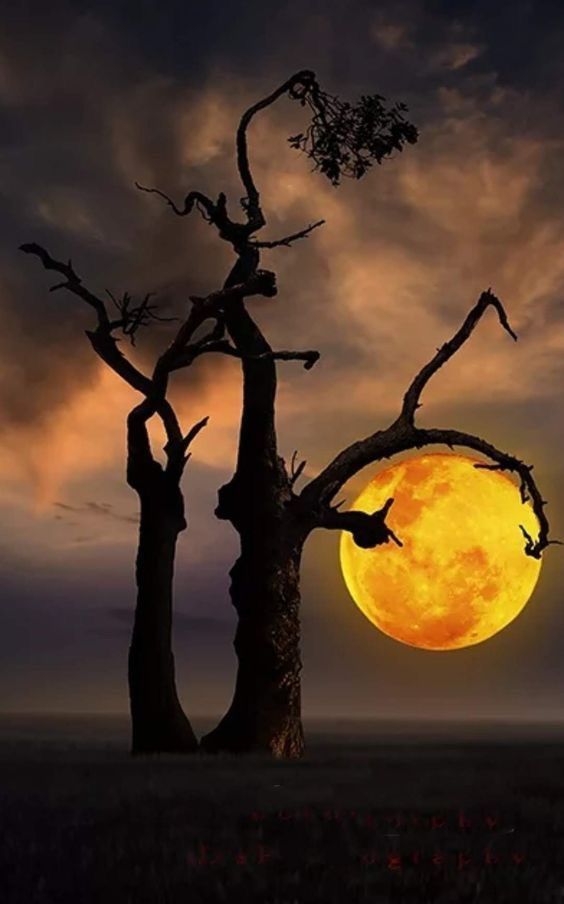The night sky is a grand canvas for the moon to display its captivating and larger-than-life appearance that easily mesmerizes star enthusiasts and dreamers. These moments, called supermoons, urge us to venture into an exploration of their magnificence, scientific mysteries, and the fascinating stories that orbit them.

The Supermoon: A Definition A Supermoon is a rare and magnificent sight in our night sky, occurring when a full moon aligns with its closest approach to Earth during its elliptical orbit (otherwise known as the perigee). This planetary alignment results in an absolutely stunning spectacle, as the moon appears up to 14% larger and much brighter than a regular full moon. These celestial events happen every 13 to 14 months, making them a highly anticipated rarity.
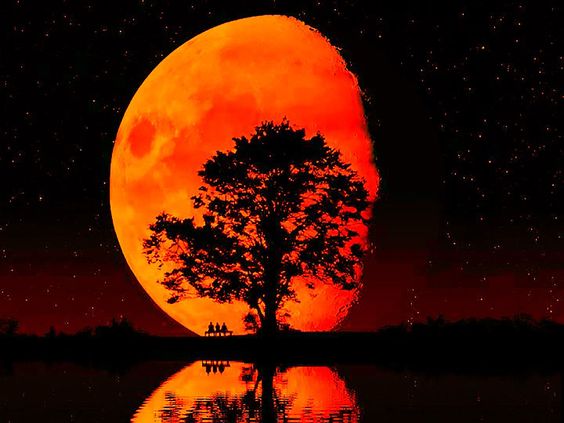
Captivating Sights: The stunning spectacle of a supermoon is hard to miss. Its impressive size and luminosity create a mesmerizing display that blankets the earth below in a surreal and enchanting glow. The heightened radiance cast by the supermoon can even create intricate shadows, adding to the magical atmosphere. For photographers and sky enthusiasts, capturing the beauty of a supermoon is an exciting opportunity. They skillfully incorporate this celestial wonder into their photographs, juxtaposing it against landmarks, trees, or serene bodies of water to create striking compositions.

Scientific Relevance: Aside from their captivating appearance, supermoons also hold great scientific significance. These occurrences provide a unique opportunity for astronomers to examine the moon in unprecedented detail, yielding valuable insights into lunar topography, surface temperatures, and geological features. Furthermore, supermoons impact tides, resulting in what is known as “king tides,” where high tides are higher than usual and low tides are lower than usual. This tidal phenomenon attracts the attention of marine scientists and environmentalists due to its potential implications for coastal areas and ecosystems.
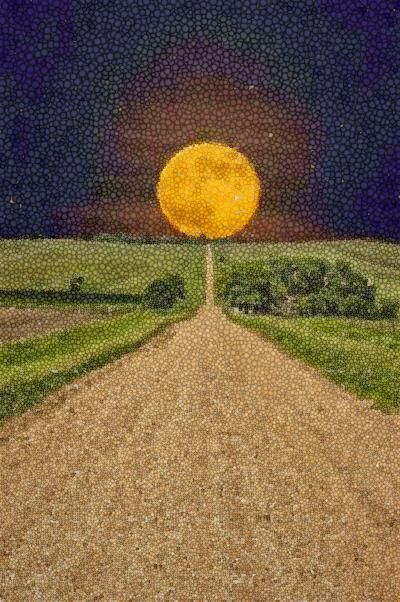
Cultural and Folklore Impacts: Supermoons have been a source of fascination for humans since ancient times, with various cultures incorporating them into their traditions and beliefs. Some cultures view supermoons as significant events, associated with good luck or possessing deep symbolic value. For example, they may signal the beginning of harvest festivals or be a time for spiritual reflection and practices.
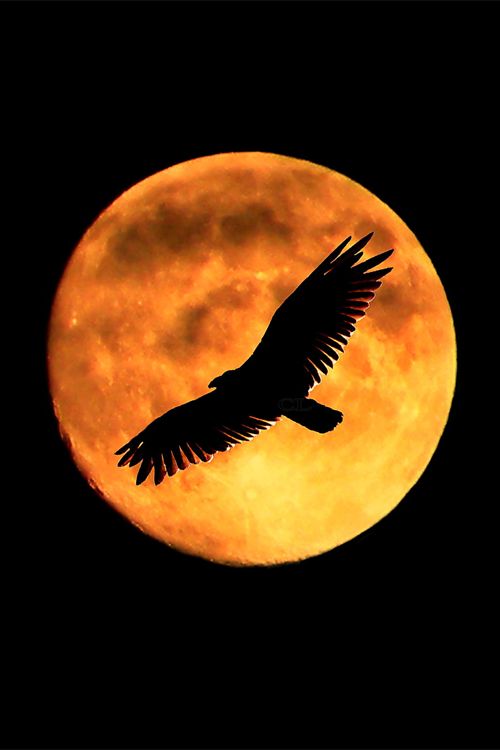
In the world of myths and legends, supermoons are often linked to intense feelings and unusual actions. There are those who think that these astronomical occurrences can influence human emotions and even cause instances of madness. However, there is no concrete scientific evidence to support these claims.
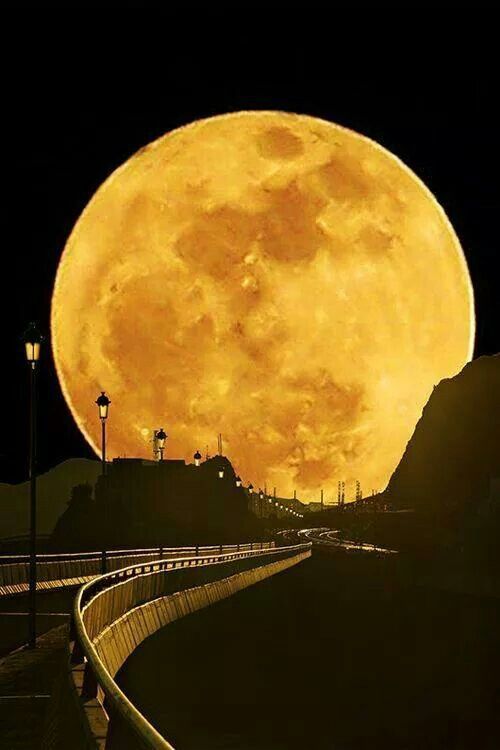
The phenomenon of supermoons is a fascinating blend of science and mythology that captivates us. Their stunning appearance and brightness inspire both wonder and introspection, making us ponder our position in the universe. Supermoons are a magical invitation to look up at the sky and connect with the intersection of science, culture, and imagination that has fascinated us throughout history.

